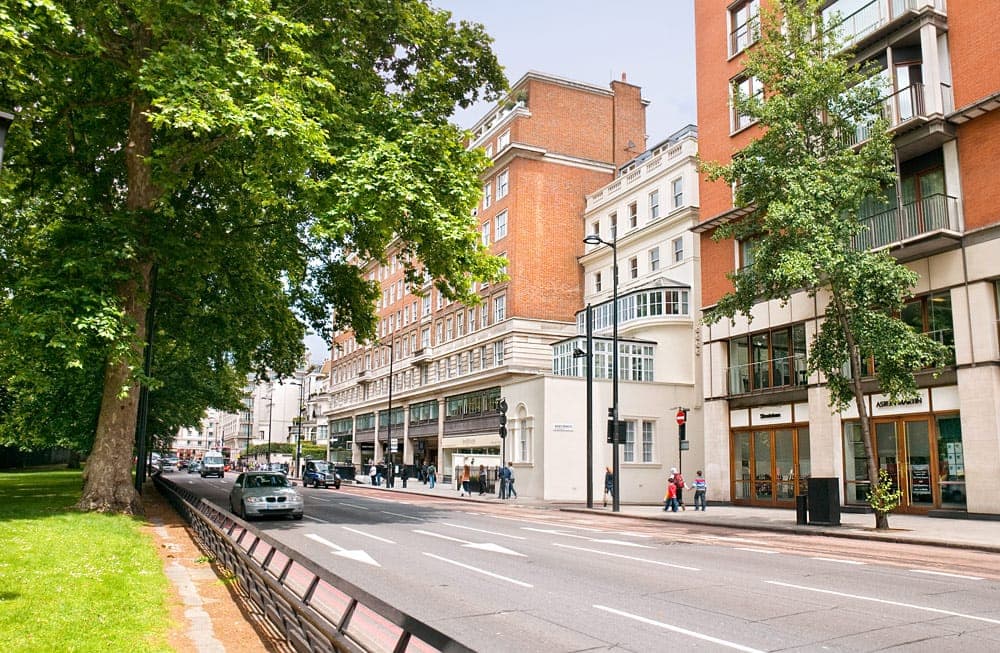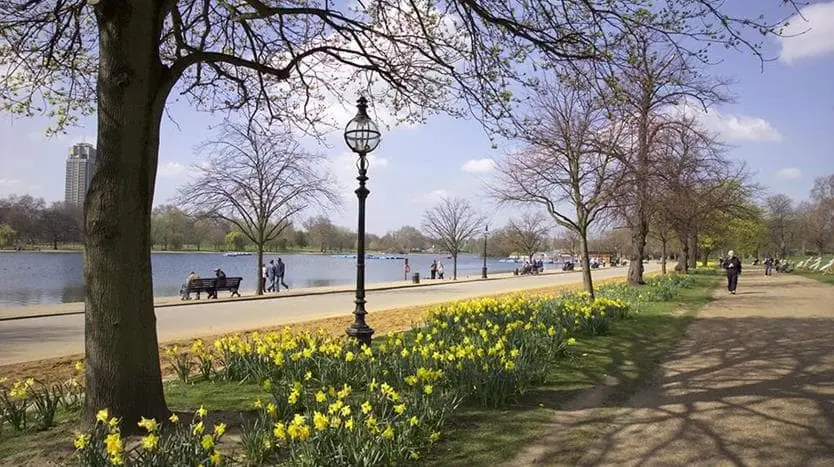Meet Cindy, our new Social Media and Content Executive
We are delighted to welcome Cindy to the team as our Social Media and Content Executive. With a new hotel TikTok account on the cards and much more, read on to find out what makes her tick…
We use cookies on our website to give you the most relevant experience by remembering your preferences and repeat visits. By clicking “Accept”, you consent to the use of ALL the cookies.
This website uses cookies to improve your experience while you navigate through the website. Out of these cookies, the cookies that are categorized as necessary are stored on your browser as they are essential for the working of basic functionalities of the website. We also use third-party cookies that help us analyze and understand how you use this website. These cookies will be stored in your browser only with your consent. You also have the option to opt-out of these cookies. But opting out of some of these cookies may have an effect on your browsing experience.
Always Enabled
We use necessary cookies to ensure our website works properly and provide essential functionalities and security features. These cookies do not collect any personal information and are always enabled. By continuing to use our website, you agree to our use of these cookies.
V:16 - 2024-09-05 05:33:48pm
To enhance user experience, we use performance and analytical cookies to understand and analyze the key performance indexes of our website. Performance cookies help us deliver better user experiences by tracking metrics such as load times and response times. Analytical cookies help us understand how visitors interact with our website by providing information on metrics like the number of visitors, bounce rate, traffic source, and more.
V:16 - 2024-09-05 05:33:48pm
To personalize your online experience, we use advertisement cookies that track your activity across websites and gather information to display relevant ads and marketing campaigns. These cookies help us tailor our advertising to your interests and preferences.
V:16 - 2024-09-05 05:33:48pm
OR CALL 020 7499 3464
OR CALL 020 7640 3347
OR CALL 020 7499 3464
OR CALL 020 7640 3347
One of London’s most iconic roads is just around the corner from The Athenaeum. Here we take you on a stroll along Park Lane, uncovering the historical stories and modern day gems to be found along this famous London road.

Spanning from Hyde Park Corner near The Athenaeum, to Marble Arch and Oxford Street, Park Lane is one of the most sought-after addresses in London, given its central location and position on the edge of Mayfair and Hyde Park. The road transformed from a simple lane when aristocratic residences started to be built from the 18th century. Nowadays, it’s full of grand buildings, fascinating stories and those who enjoy the finer things in life.
At the beginning of Park Lane on the corner with Piccadilly is the grand Apsley House. This Grade I listed building dates back to 1771, although a tavern called Hercules Pillars previously stood on this site. The building was sold to the Duke of Wellington in the 1800s and remains the London townhouse of the 9th Duke of Wellington – Charles Wellesley – to this day. Part of the house is open to the public as a museum and art gallery exhibiting the Wellington Collection.

Around half-way along the road is 93 Park Lane, the former residence of British Prime Minister, Benjamin Disraeli. Having served as Prime Minister twice between 1868 and 1880, Disraeli is known for creating the modern Conservative Party and being influential in global affairs.
At 100 Park Lane is one of the few surviving aristocratic townhouses in London. Dudley House is a Grade II listed house that dates back to the 1700s. Owned by the 6th Baron Ward from 1742, it was rebuilt in 1829 for the 1st Earl of Dudley. Severely damaged during the Blitz in World War II, the building was repaired but converted into offices, which remained the case for the next 60 years. It’s only since the early 2000s that the property was converted back into a single family home. The restoration included rebuilding the former ballroom and picture gallery. It is now the home of members of the ruling family of Qatar. In a Vanity Fair feature, Dudley House was described as Britain’s most expensive residence, worth $400 million.

Brook House at 113 Park Lane was built by the President of the Royal Institute of Architects, Thomas Henry Wyatt, in 1869. It was originally the home of Edward VII’s private banker, Ernest Cassell. In the 1930s, the building was converted into flats and one of the first tenants just so happened to be Harry Selfridge, founder of Selfridges department store. Nowadays, an Aston Martin showroom can be found on the ground floor, while Selfridges department store is just around the corner on Oxford Street and remains an iconic London shopping destination.

At the end of Park Lane, on the corner of Oxford Street, is a building of flats and retail stores. This wasn’t always the case, however. In 1769, this was the location of a grand townhouse called Somerset House. Over the years, this was the home of the Duke of Westminster, the former Governor-General of India and the publisher, George Murray Smith. Somerset House was demolished in 1915 and replaced with the very first flats along Park Lane.
Take the time to explore Park Lane on foot and you’ll make yet even more discoveries on one of London’s most famous streets.

...If you feel the same way, please enter your details below. We will keep you up to date with all the goings-on and special offers at The Athenaeum.
OR CALL 020 7499 3464
OR CALL 020 7640 3347
Copyright © 2024 – The Athenaeum | Website by Up






